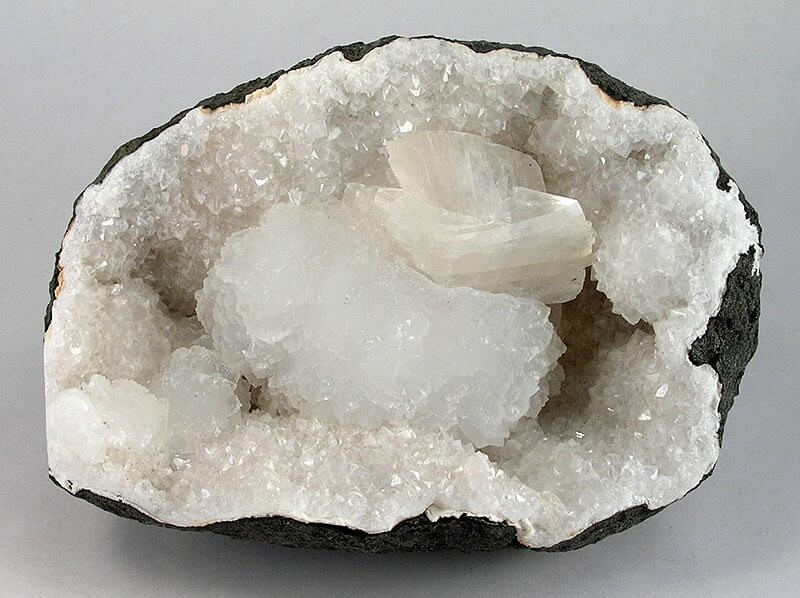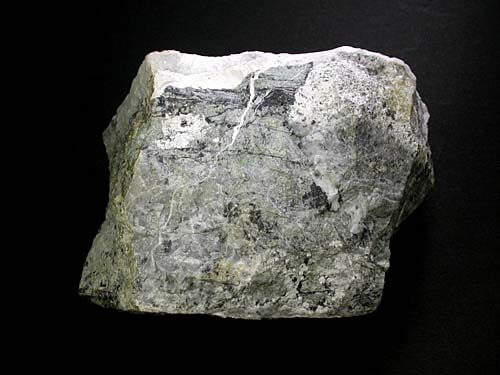Table of Contents
Because mining can also be fun, here are five minerals and rocks with rather strange names. We wonder where the inspiration for these names came from…
1. Goosecreekite
No, this mineral wasn’t discovered by a goose, but at the New Goose Creek Quarry, in Virginia, United States. Goosecrekite is part of the zeolite group, typically used in water purification.
2. Moolooite
Keeping up with the animal-related names, Moolooite looks like a name a cow could say. But it’s not! This very rare mineral is hydrated copper oxalate and was discovered at Mooloo Downs station, in Western Australia, in 1986. Besides having an odd name, this mineral is also formed in a strange way: by the interaction of bird guano and weathering copper sulphides. A pulverizer will destroy moolooite.
3. Fukalite
Here, we must thank to the Japanese people, who discovered this very rare mineral and named it after the Fuka mine, in the Fuka region of southern Japan. Most of fukalite’s composition is calcium, oxygen and silicon.
4. Cummingtonite
This mineral is a metamorphic amphibole and a a magnesium ironsilicate hydroxide with a strange name. Like most substances, it was named after where it was discovered: the innocent town of Cummington, Massachusetts, in the United States.
5. Dickite
Dickite is a type of clay with properties similar to the ones found on kaolinite, nacrite and halloysite. In other words, the substances that make paint super white. This mineral – its name from Scottish metallurgical chemist Allan Dick, who discovered it in 1888 – is an important alteration indicator in hydrothermal systems. Any rock crusher will break Dickite.
Via miningaustralia.com.au





